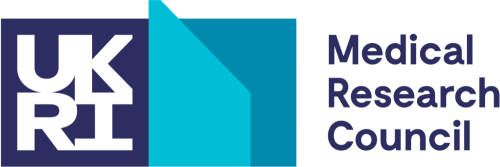Dr Mark Bishton, Nottingham University Hospitals NHS Foundation Trust
Dr Rachel Tattersall, Sheffield Teaching Hospital NHS Foundation Trust
Dr Jessica Manson, UCL Hospitals NHS Foundation Trust
Dr Matthew Ahearne, University Hospitals of Leicester NHS Trust
Dr Satyen Gohil, UCL Hospitals NHS Foundation Trust
Dr Tom Ewen (Project Manager), Newcastle University
Histiocytic disorders are rare diseases in which macrophages – aka ‘histiocytes’ – cause immune system collateral damage. Macrophages are immune cells that develop from white blood cells and live in the tissues. They carry a potent armoury of molecular weapons and normally protect us from infection. In histiocytosis, they become abnormally activated and cause damage to tissues leading to potentially life-threatening disease. In Histiocytic Neoplasms, macrophages gain a mutation in the genes controlling their behaviour causing them to ignore regulations and make inflammation happen spontaneously. In HLH, (short for Haemophagocytic Lympho Histiocytosis) macrophages are triggered to go into overdrive, causing bone marrow failure and widespread organ dysfunction. HLH is less well understood but is likely to be a combination of inherited genetic factors and unusual behaviour of the immune system when it meets a virus or lymphoma, a type of blood cancer.
HistioNode is an initiative to bring together doctors, scientists and patient groups within the UK Rare Disease Research Platform to tackle the most pressing problems caused by Histiocytic Disorders. These diseases naturally involve many different organs, and HLH is associated with multiple different triggers. HistioNode is therefore inherently linked to other rare diseases that affect particular organs.
In the five year programme, we will engage with patients and families through our patient involvement partner Histio UK to discuss the priorities of people with a lived experience of histiocytosis. To tackle research question in the laboratory we also need to collect patient samples and clinical data in a biobank. This has been challenging especially in HLH where patients become ill very quickly, but funding through the Node will enable us to enrol participants in the UK Histiocytosis Registry and gather material for research. We will also collaborate with the National Disease Registration Services in all four nations to find out more about the medical needs of patients with histiocytosis, including how they are treated in different regions and whether there are unexpected associations with other illnesses.


© 2023 Copyright Rare Disease Research UK